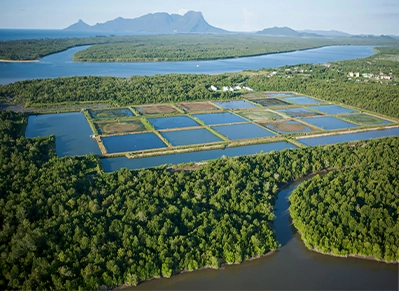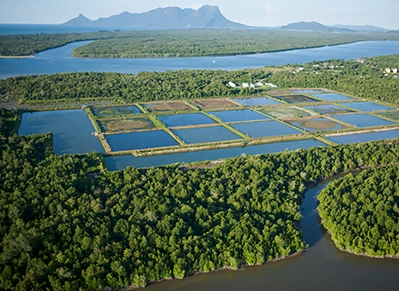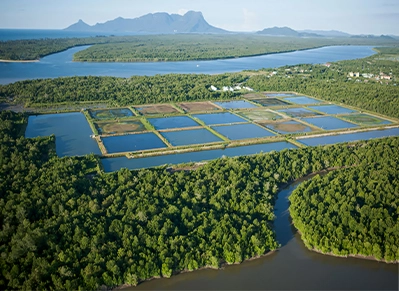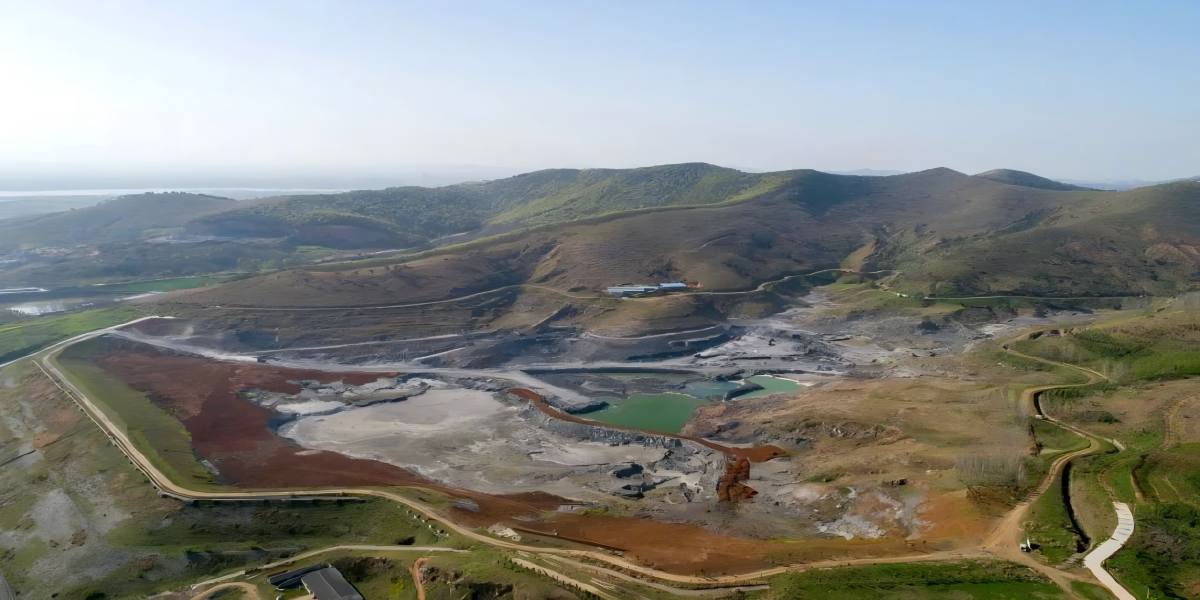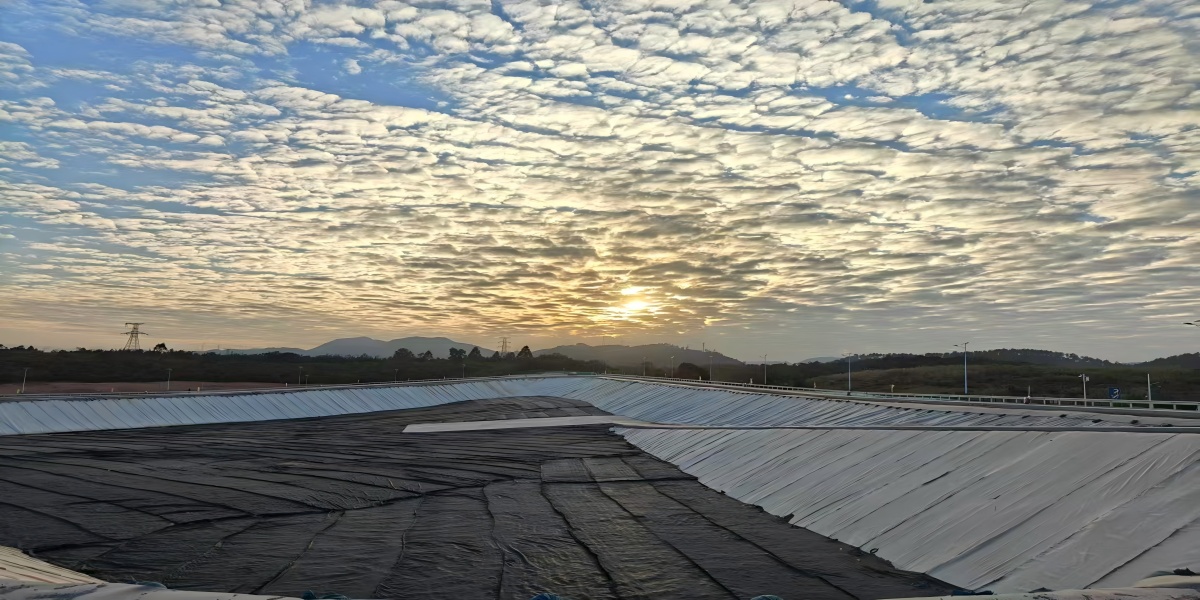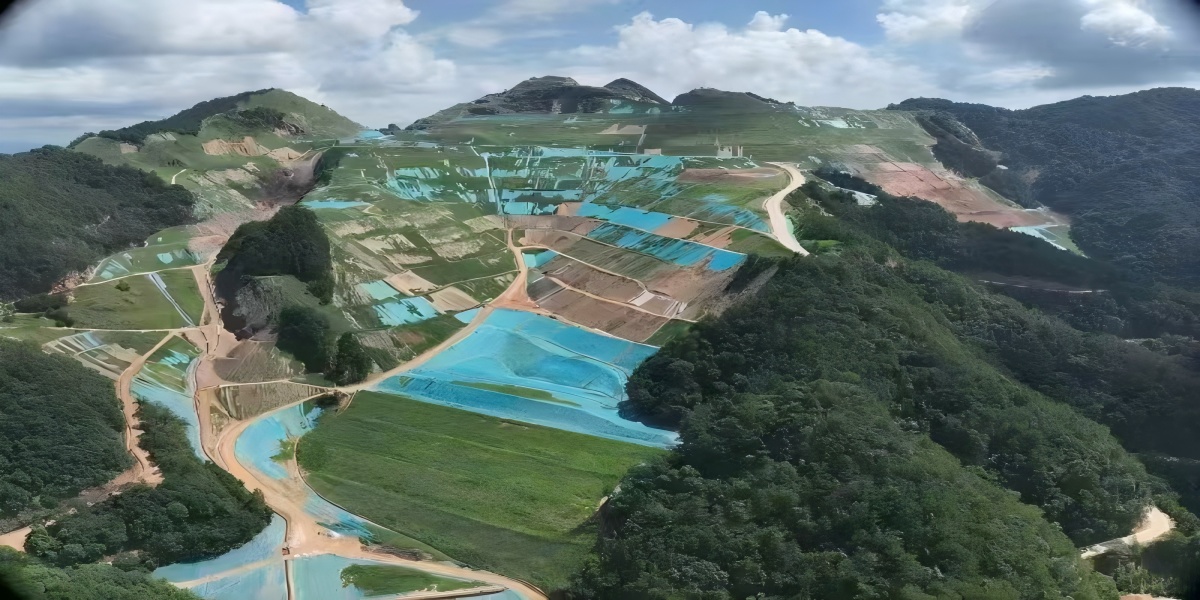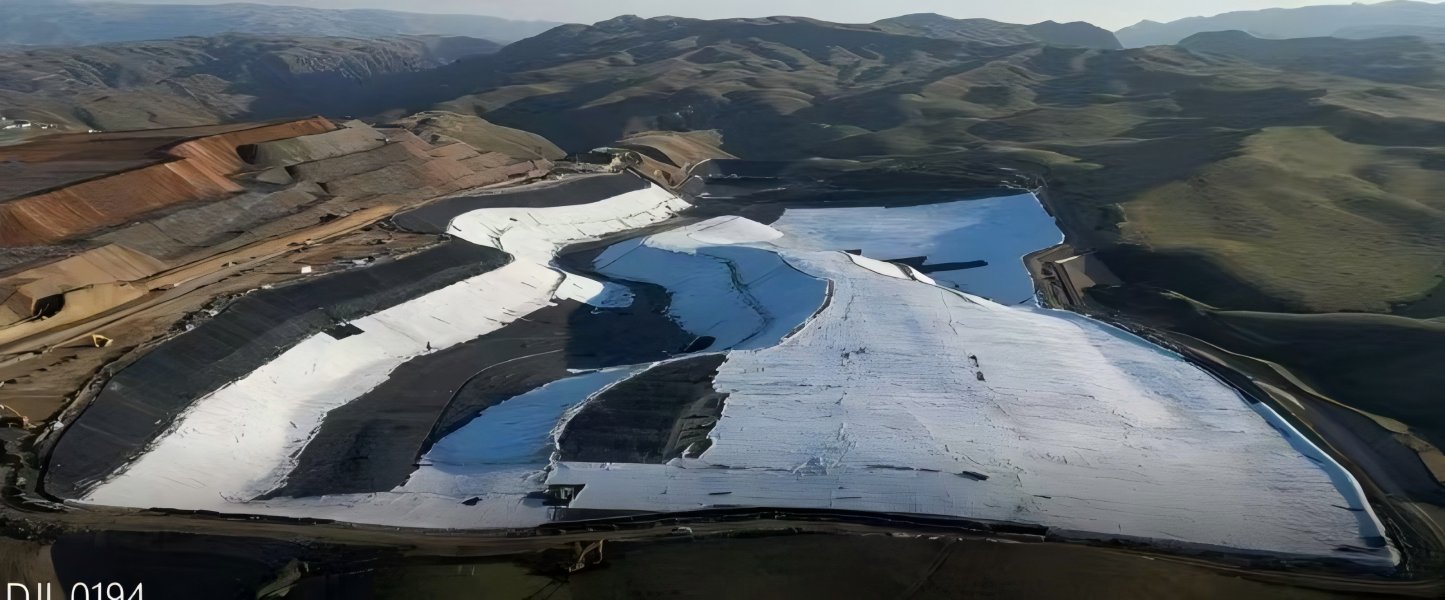Geosynthetics Drive Next-Generation Infrastructure Solutions
The global infrastructure sector is embracing geosynthetics as essential components for building resilient and sustainable projects. These advanced materials are redefining construction standards across multiple industries, offering innovative solutions to complex engineering challenges while supporting environmental objectives.
In transportation infrastructure, geosynthetics are proving transformative. Road and highway projects benefit from enhanced load distribution and extended service life, while railway embankments gain improved stability through specialized reinforcement applications. Airfield construction now routinely incorporates these materials for superior ground stabilization and drainage performance.
Environmental protection initiatives increasingly depend on geosynthetics for critical containment functions. Modern waste management systems utilize high-performance barriers to ensure secure isolation of landfill contents, while contaminated site remediation projects employ advanced filtration systems to protect surrounding ecosystems. Water resource applications demonstrate particularly strong growth, with geosynthetics enabling more efficient dam construction, coastal protection, and flood mitigation systems.
The renewable energy sector represents an emerging frontier for geosynthetic applications. Solar farm developers are adopting these materials for ground stabilization and vegetation control, while wind energy projects utilize specialized products for turbine foundation reinforcement. This expansion into clean energy infrastructure highlights the materials' versatility and adaptability to evolving market needs.
Technological innovation continues to push the boundaries of geosynthetic performance. Recent advancements include:
Smart monitoring systems embedded within material structures
Ultra-durable composites with extended service life
Environmentally sensitive formulations for sensitive habitats
Sustainability remains a driving force behind product development, with manufacturers achieving breakthroughs in:
Recycled material integration
Energy-efficient production methods
End-of-life recyclability
As climate adaptation becomes a global priority, geosynthetics are proving invaluable for:
Extreme weather resilience
Coastal erosion prevention
Infrastructure protection in vulnerable regions
The industry's future growth appears robust, with opportunities emerging in:
Urban climate adaptation projects
Next-generation transportation networks
Sustainable resource management systems
Industry leaders emphasize that geosynthetics have evolved from supplemental materials to fundamental engineering components. Their ability to deliver both technical performance and environmental benefits positions them as critical tools for addressing the world's infrastructure challenges while meeting sustainability goals.
